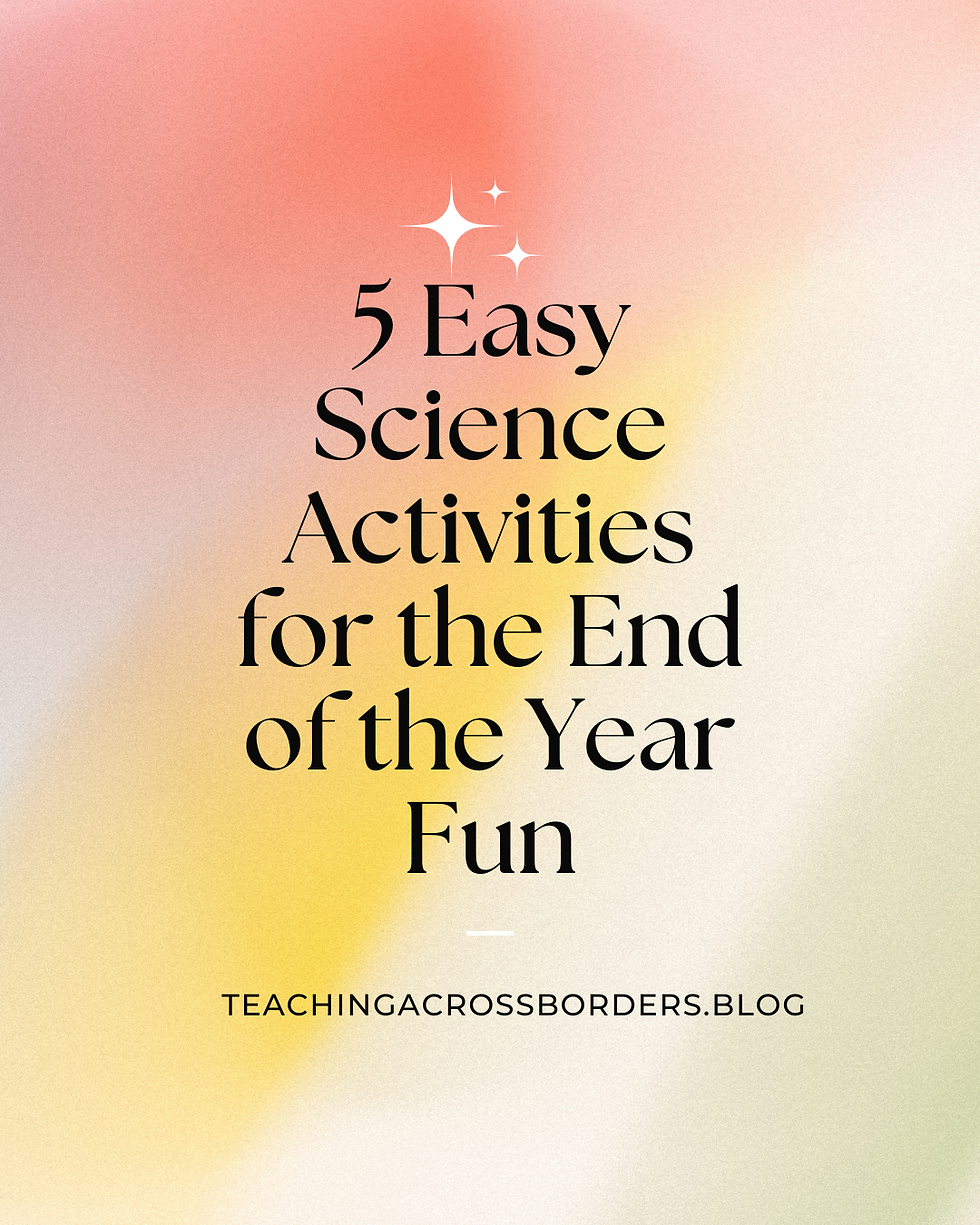Unlocking Vocabulary Success: The Power of Teaching Morphology in Upper Elementary & Middle School! ✏️🌟
- Laura Swallow

- Sep 25, 2024
- 4 min read
If you've ever been amazed by how quickly students' vocabulary and comprehension skills grow once they start understanding prefixes, suffixes, and root words, you're not alone! Teaching morphology—breaking down the structure of words—has been shown by tons of research to improve not just reading fluency, but decoding, spelling, and overall comprehension. It’s like giving students a master key to unlock hundreds (even thousands!) of new words! 🗝️
What is Morphology, and Why Does It Matter?
Morphology is the study of how words are formed by using smaller units of meaning, such as roots, prefixes, and suffixes. Think of it like building blocks for language. When students understand these pieces, they can deconstruct complex words and then rebuild them with ease. 🧱 And for upper elementary and middle school students—right when vocabulary starts getting more academic and complex—this skill is invaluable.
So, why teach morphology? 🤔 Well, research shows that explicit instruction in morphology leads to better:
Reading Fluency: As students recognize familiar word parts, they can read faster and more confidently.
Decoding Skills: When students encounter a new word, they can break it down into parts they recognize—making unfamiliar words more accessible.
Comprehension: Understanding the structure of words boosts students' ability to infer meaning from the context.
The Magic of Word Ladders & Word Building Activities 🔡🏗️
In my classroom, I’ve seen firsthand the impact of teaching morphology through interactive activities like word ladders. These printable practice pages make learning fun and effective. You might be asking: “Why use word ladders?” Here’s the scoop:
Word ladders guide students through changing one word into another, usually by swapping out prefixes, suffixes, or spelling patterns. By focusing on word patterns, students start recognizing how similar words are connected—and can build up their vocabulary bit by bit.
For example, with my Morphology Word Ladders, students start at the bottom rung with a word like “change.” Then, by swapping out the “ch” for “str,” they reach the next word, “strange.” Suddenly, they're seeing how those prefixes or root sounds impact word formation. It’s an easy way to sneak in morphology practice without it feeling like a worksheet! ✨
How to Use Word Ladders in Your Classroom:
Warm-Ups or Small Groups: Start the lesson with a quick word ladder! Students can work independently or in small groups, changing one word sound at a time.
Laminate & Reuse: Use blank word ladders and have students use dry-erase markers. You’ll save paper and give them a reusable tool for ongoing practice.
Glossary Fun: Extend the activity by having students add to a glossary of root words as they complete ladders. They can then refer back to it during other reading or writing activities.
These ladders not only build vocabulary, but they also give students confidence when they come across challenging words in their reading! 💡
Getting Deeper: Prefixes & Suffixes in Context
Another research-backed approach to morphology is teaching prefixes and suffixes in the context of reading passages. When students see how word parts function in actual text, it deepens their understanding and helps them apply this knowledge more broadly.
That’s why I created Prefix and Suffix Morphology Activities for grades 5-8. These worksheets incorporate reading passages with vocabulary exploration built in. Students can read, identify word parts, and infer the meaning of unfamiliar words by piecing together the clues around them.
Tips for Implementation:
Start by introducing the concept of suffixes and prefixes with examples they can relate to.
Then, guide your students through reading passages where these word parts are embedded in context. This helps them see how those little pieces contribute to the big picture of meaning.
Finish with engaging activities where they practice and solidify this knowledge!
This approach is not only effective—it’s fun! Kids love the challenge of breaking down big words into manageable parts, and it’s especially satisfying when they get it and see the connections. 🎯
Practical Tools You Can Start Using Now!
If you’re looking to implement morphology instruction in your classroom, I’ve got you covered. You can easily integrate the Morphology Word Ladders, Prefix Morphology Activities, and Suffix Morphology Activities into your small groups, centers, or even whole group instruction. These resources provide everything you need to give your students solid, research-backed vocabulary instruction in an engaging way. 🧠💪
Plus, they’re flexible enough to be used as warm-ups, during summer school, or for extra practice in small groups. If you're looking to give your students a vocabulary boost, now is the time to dive into morphology!
Products Mentioned:
Grab these resources and watch your students' vocabulary grow!
By teaching your students how words are formed, you’re giving them a skill that will benefit them for years to come. Whether they’re breaking down a new science term or figuring out a tricky word in a novel, they’ll have the tools they need to succeed—and that’s something worth celebrating! 🎉







Comments